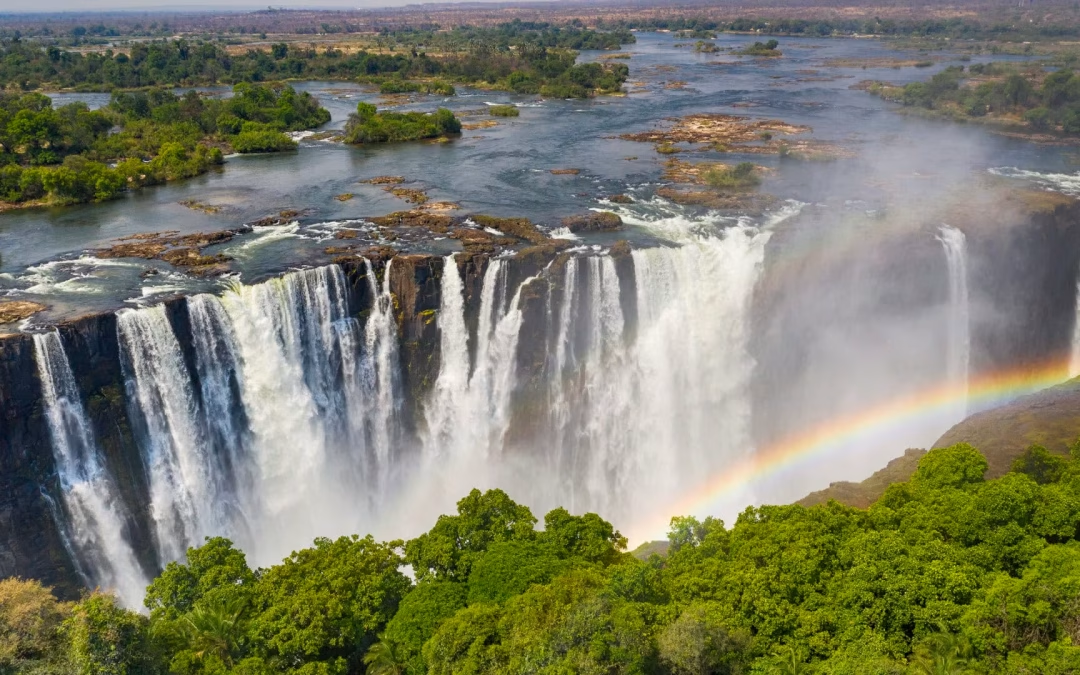
Camping Safari Mikumi
Camping Safari Mikumi
A camping safari in Mikumi National Park is an excellent, more budget-friendly way to experience a Tanzanian safari, particularly as Mikumi is easily accessible from Dar es Salaam.
It offers a more raw, immersive experience compared to staying in lodges, as you will be sleeping much closer to the sounds and sights of the African bush.
The Mikumi Camping Experience
Mikumi is often called the “Little Serengeti” because its open Mkata Floodplains resemble the iconic Northern park, making it a prime game-viewing area.
-
- Game Viewing: Mikumi is home to the Big Four (lions, elephants, buffalo, and leopards) and large populations of giraffe, zebra, wildebeest, and kudu. It is also famous for its resident pools of hippos and its proximity to the highway, which makes getting there relatively quick.
-
- Campsites: You will primarily use Public Campsites or designated Special Campsites inside the park.
-
-
-
- Public Campsites: These offer basic facilities (sometimes with flush toilets and cold showers). Your tour operator will provide and set up all the gear (tents, mattresses, sleeping bags, and cooking equipment).
-
-
-
-
-
- Special Campsites: These offer a more private experience with no public facilities. Your entire camp setup is brought in and taken out by your operator.
-
-
Typical 3-Day Camping Itinerary (from Dar es Salaam)
The most common starting point for a Mikumi safari is Dar es Salaam, which is about a 5-6 hour drive.
Day 1: Dar es Salaam to Mikumi
Your camping safari Mikumi begins by an early morning drive from Dar es Salaam to Mikumi. Arrive in time for lunch (often a picnic lunch). Afternoon game drive on the Mkata Plains. Dinner and overnight at a Public Campsite in the park or just outside.
Day 2: Full-Day Game Drive
Enjoy a full day of game drives, exploring different zones like the hippo pools. You may opt for a packed lunch to maximize time in the bush. If prefer you can also go for a guided walking safari or a night game drive (at an extra cost).
Day 3: Morning Game Drive & Departure
Early morning game drive for a chance to see predators before the heat of the day. Have breakfast, then drive back toward Dar es Salaam or on to your next destination (like Udzungwa Mountains).
Estimated Cost and Inclusions
A 2-day or 3-day Mikumi camping safari is one of the most affordable safari options in Tanzania.
Estimated Price Range (Per Person)
2 Days/1 Night: $350 – $450 USD
3 Days/2 Nights: $500 – $700 USD
What is typically included in a Camping Safari
Park Fees: All Mikumi National Park entrance fees (currently $30 USD per adult per day for foreign non-residents).
Camping Fees: Public campsite fees (currently $30 USD per adult per night for foreign non-residents).
All Camping Gear: Tent, sleeping bag, mattress, chairs, etc.
Meals: Full board (breakfast, lunch, and dinner) prepared by your safari cook.
Transport: 4×4 safari vehicle with a pop-up roof and fuel.
Staff: Professional driver/guide and cook.














